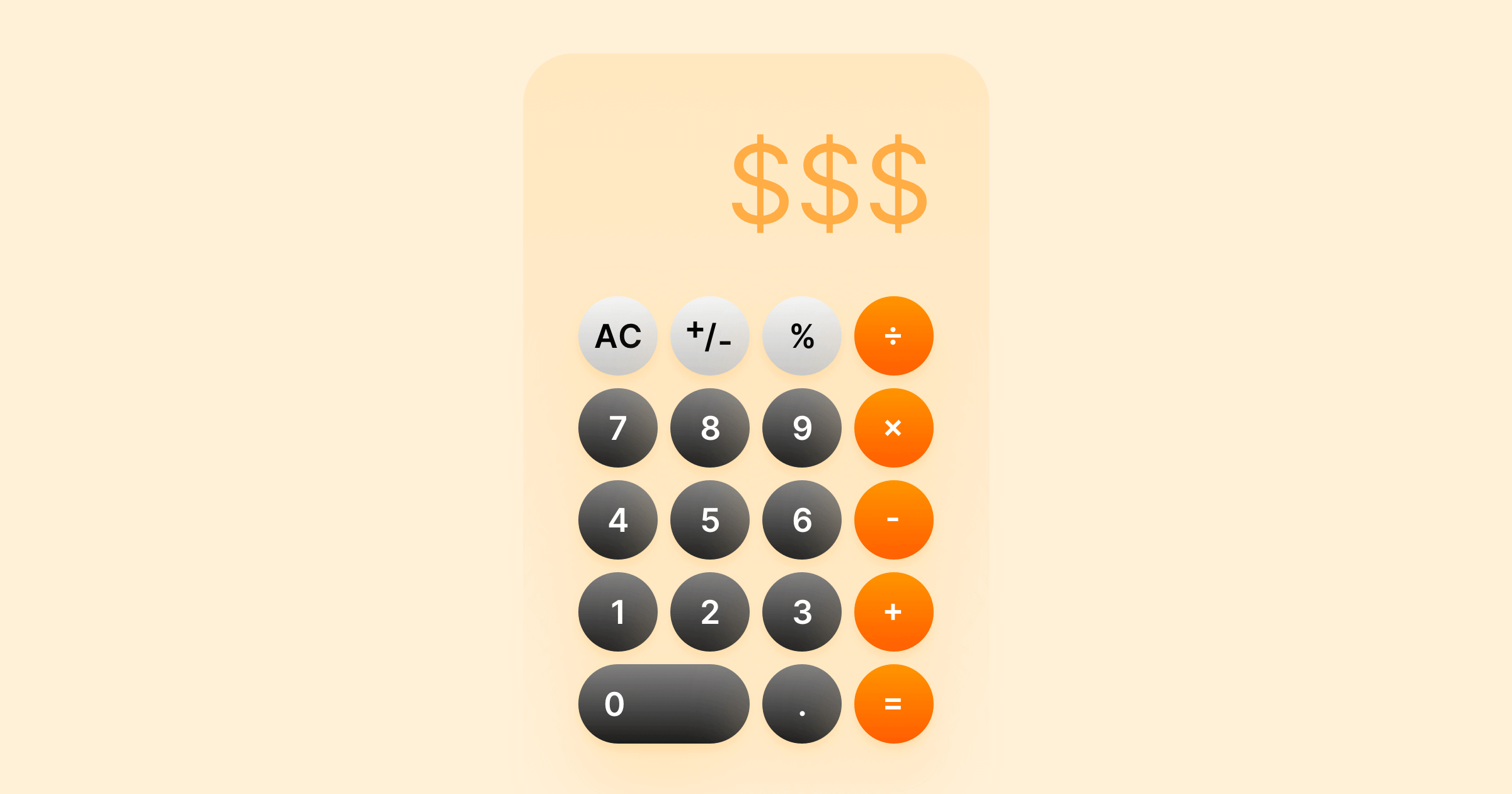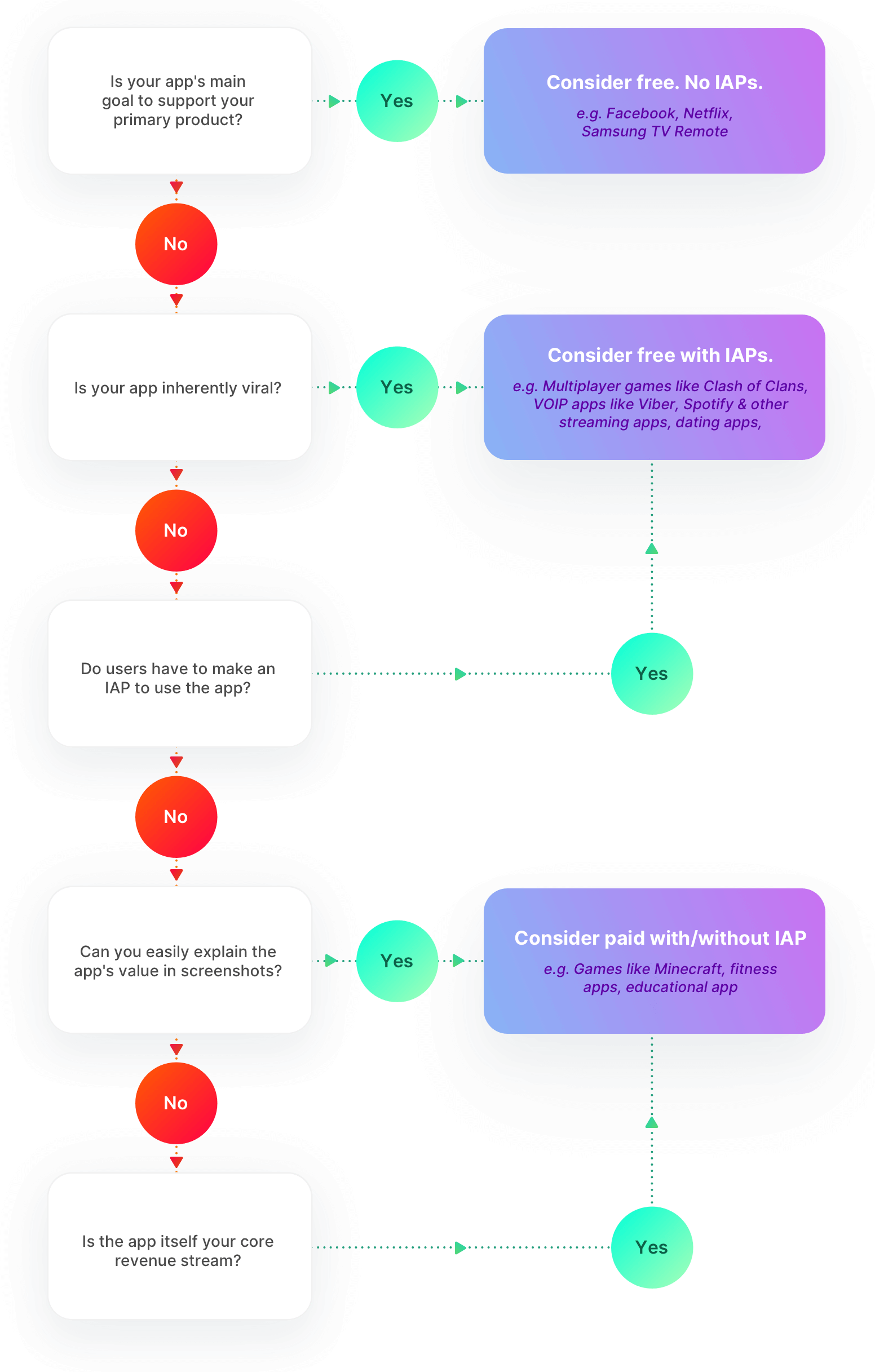App pricing strategy 101: Roadmap to pricing your app
Published 24th November, 2016 by Stuart Hall I've found time and time again that one of the decisions about launching a new product that confounds me the most is pricing. Getting it right can make or break the success of your app, so where do you begin?
I've found time and time again that one of the decisions about launching a new product that confounds me the most is pricing. Getting it right can make or break the success of your app, so where do you begin? In this overview you'll learn:
- The options
- Pricing Strategy 101
- Is your app's main goal to support your primary product?
- Is your app inherently viral?
- Do users have to make an IAP to use the app?
- Can you easily explain the app's value in screenshots?
- Is the app itself your core revenue stream?
- Pricing in a nutshell
Want to see what users are saying about your pricing?
Try Appbot free now, no credit card needed →After going through this process dozens of times I've discovered two golden rules for app launch pricing strategies:
- Resist the temptation to overthink it in the pre-launch stage. Your first pricing model will be, at very best, an educated guess as to what will work.
- Only real users can tell you what your app or it's features are worth. No expert, book, blog or crystal ball can tell you what you should be charging for your app (yep, I know, this sucks).
In other words, focus on getting v 1 out quickly, not ever-elusive “pricing perfection”.
That said, there are a few simple questions you can ask about an app and the company building it that will help you arrive in the right ball-park for launch.
The options
There are two key decisions you need to make up-front about pricing your app:
- Will it be free or paid to download?
- Will you offer in-app purchases (IAPs)?
Free gets you more downloads, right?
Sure, it's easier to get people to download an app they don't have to pay for upfront, but that's not the question you need to be asking at this stage. Free downloads will only work well for your company under certain conditions, and to figure out if the conditions are right you need to think strategically about:
- your goal for the app.
- the characteristics of the app itself.
- it's place in your business as a whole.
Pricing Strategy 101
Here's a little diagram I use to help me with those key decisions (you'll find some explanatory notes below)…

Is your app's main goal to support your primary product?
You could define “primary product” in a few ways: your primary revenue stream, your primary point of contact with customers, or perhaps the product/service you sell in the greatest volume. Here are some examples of apps that support a different primary product:
- Retail banking apps (primary products are banking products and services).
- Remote control apps for TVs or home automation systems (primary products are other electronic devices).
- Social media apps (the primary product is advertising inventory here).
- Apps that support web-based SaaS products, where you don't offer subscriptions as an IAP (primary products are subscriptions to web-based tools).
- multi-player games like Clash of Clans,
- file-sharing apps like Dropbox,
- social media apps like Snapchat,
- collaboration apps like Slack,
- VOIP apps like Skype.
- your goals for your app are not directly linked to revenue generation,
- you have a distribution channel and revenue stream outside the app store,
- your app is inherently viral, or
- your pricing model requires immediate in-app purchases.
- Dive into the secrets of creating addictive apps that keep users hooked and coming back for more.
- Master the game of app naming: Discover essential tips for naming your mobile app or game.
- Craft compelling app descriptions: Learn how to write an app store description.
- Check out Appbot's app review checklist for comprehensive feedback management.
If you have an app that falls into this category then it may not matter whether the app generates a revenue stream directly. Perhaps the app is there to improve user engagement, user experience or user retention for another product.
Apps in this category will usually be specifically sought out by people who are already customers of that service - the app store is not acting as a key marketing or distribution channel.
SaaS businesses often choose not to offer subscriptions within their mobile apps, either because of the technical complexity it entails or because the business doesn't wish to give a 30% revenue share to an app store… or both. There are plusses and minuses to both options.
In summary, the litmus test here is whether or not the app itself needs to generate a revenue stream. If it doesn't and your goals are around experience and engagement then you should be considering lowering the barriers to usage and making the app completely free.
Is your app inherently viral?
The important word there is 'inherently'.
I'm not talking about apps with social integration here, I'm talking about apps that people need to share with others to get the most out of them. Apps where your own experience of the app will be better if you connect with other users within the app and you're motivated to invite your friends to get on board too.
Think:
The goal with these apps is to minimize friction for potential new users, so it makes sense that apps in this category really lend themselves to a freemium model: free download with IAPs. Freemium apps need a large user base in order to generate enough revenue, because only a small percentage of their user base will ever buy an IAP - this is why inherent virality matters so much. Virality isn't the only way to deliver a commercially successful freemium app though…
Do users have to make an IAP to use the app?
There are some apps that don't allow users much (or in some cases any) functionality unless they make an IAP. A number of Software as a Service (SaaS) products are like this; you need to buy a subscription as an IAP to make the mobile app function. Many VOIP apps have been this way too, where a user needs to buy credits before they can use the app.
In SaaS products, the functionality that is locked until users subscribe is often called the “conversion lever” - the feature that the company uses as a lever to get you to pay. Good conversion levers are usually features that are in high demand, or that add a lot of value to the service. For some products access on mobile devices is highly valuable to users, making the functionality of the app a good conversion lever.
Spotify is a great example of an app that's used as a conversion lever. Other good examples are e-commerce apps like ASOS.
Apps like this tend to have a high conversion rate from engaged users, which means they can generate a strong revenue stream even without a huge user base. They therefore also lend themselves to a Freemium model - making the app a free download simply facilitates IAP revenue. Other examples are VOIP apps and many dating apps.
Can you easily explain the app's value in screenshots?
If you've answered no to the questions so far but the answer to this question is a yes then a paid download is probably the way to go, with or without IAPs.
One of the biggest challenges with paid apps is the huge attrition you see between people viewing your app's page in the app stores, and actually clicking to download it. If the app's value is easy to explain visually you're well positioned to minimize that attrition.
Productivity apps like Things and single-player games like Minecraft are a great example of apps in this category. A lot of great indie apps fall into both this category and the one below.
Is the app itself your core revenue stream?
If the app is your core revenue stream and you've answered no so far, paid is still the best way to go (at least initially). If you can't easily explain the value of your app in screenshots you'll need to make sure you're ready to market it in a way that does allow you to convey its value…. or go back to the design drawing board and rethink your UX so that your value is more apparent (seriously, consider this, it's super important).
Fitness apps often fall into this category, as do educational apps like Reading Eggs.
Pricing in a nutshell
If you need your app to generate a revenue stream for you then paid is likely to be the best way to go, at least initially. Paid apps also come with the promotional opportunity of offering the app free for a limited time - something that works very well for a lot of apps.
However, offering your app as a free download can work well if:
Want to see what users are saying about your pricing?
Try Appbot free now, no credit card needed →Where to from here?
About The Author

Stuart is Co-founder & Co-CEO of Appbot. Stuart has been involved in mobile as a developer, blogger and entrepreneur since the early days of the App Store. He built the 7 Minute Workout app in one night and blogged the story of growing the app to 2.3 million downloads before exiting to a large fitness device company. Previously he was the co-founder of the Discovr series of applications which achieved over 4 million downloads. You can connect with him on LinkedIn.
Enjoying the read? You may also like these
 Switching to app store subscriptions
Switching to app store subscriptions Are App Store subscriptions better than one-off in-app purchases? Read about our subscription pricing experiments to the first $1k in MRR.
Want to learn WHEN to prompt an app review? See our advice after talking to thousands of mobile app developers on best techniques for IOS and Android apps.
Your app or game name is one of the most difficult, but also most important, decisions you will make.
Appbot is leveraging next generation AI to offer even more powerful, personalized and time-saving features for managing app reviews. We're working with Chat GPT and others to ensure our customers remain at the forefront of the adoption curve, and stay ahead of their competitors.


